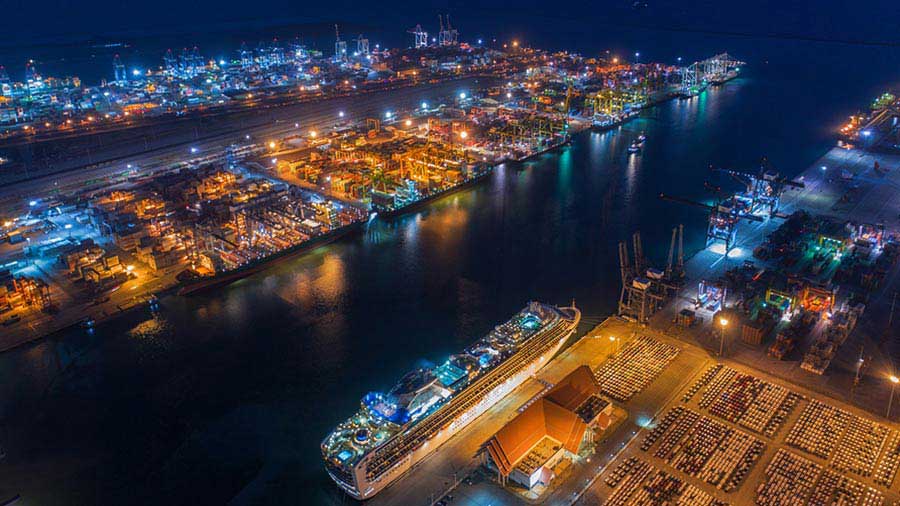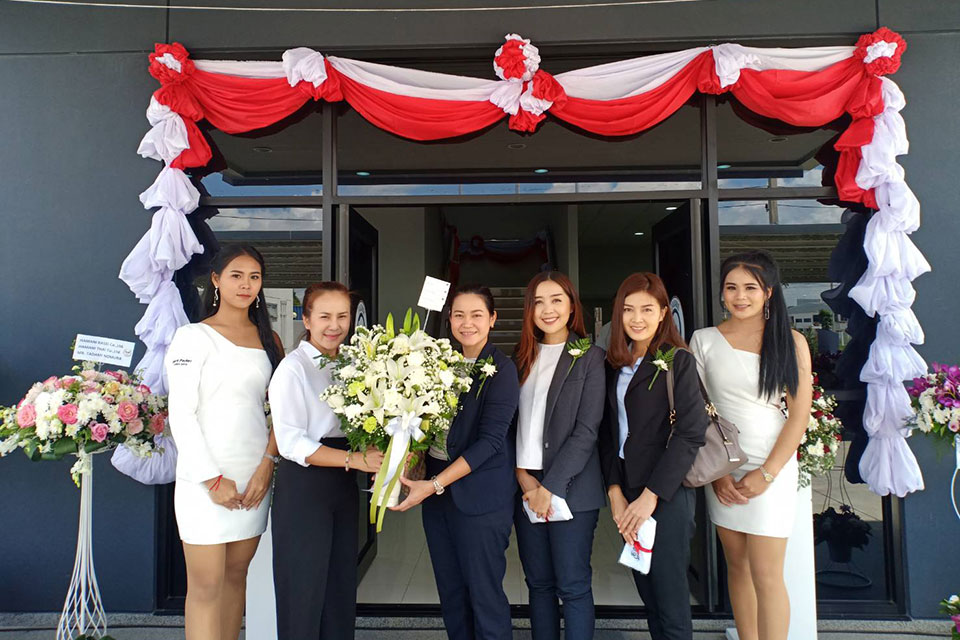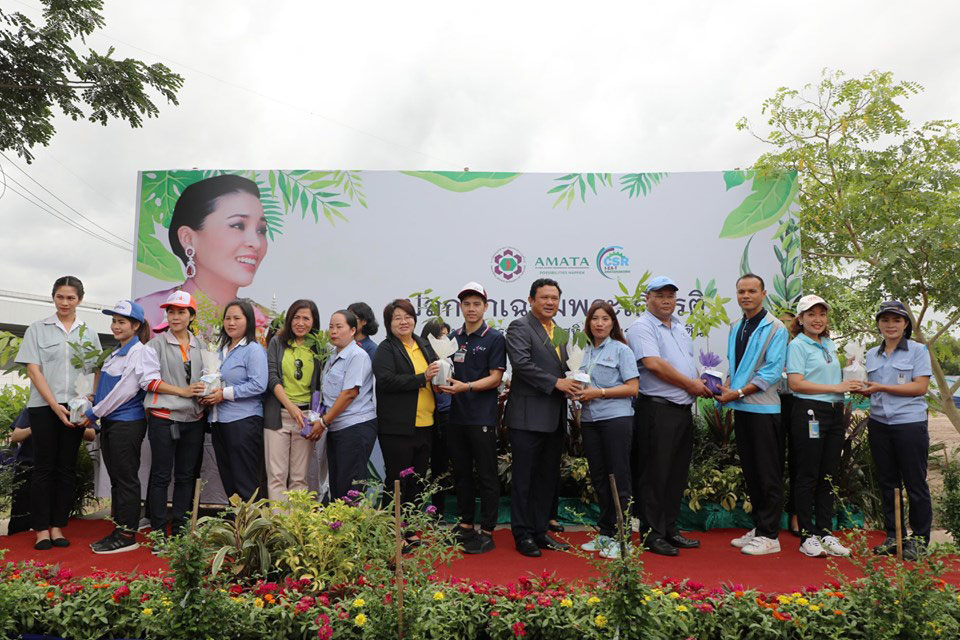
Thailand’s Eastern Economic Corridor: An Update
Thailand has designated 2019 as “Thailand Investment Year”. Besides tourism and exports, investment is the key driver for Thailand’s economy. In this connection, Thailand is gearing up its Eastern Seaboard for the next phase in development, known as the Eastern Economic Corridor (EEC) (www.eeco.or.th/en) initiative. With an area of 13,285 square kilometers, spanning across three south-eastern provinces of Thailand’s namely Chachoengsao, Chonburi and Rayong, the EEC is on course to transform Thailand toward a value-based and innovation-driven economy, a hub of technological manufacturing and services with strong connectivity to its ASEAN neighbours and beyond.

Photo Credit: Eastern Economic Corridor (EEC)
Thailand’s Eastern Seaboard has long been a prime location for the world’s top companies wishing to expand their investment in Southeast Asia. The development of EEC will build upon existing and well-equipped infrastructure and industrial estates of the Eastern Seaboard. In addition, the EEC has phenomenal infrastructure linkages through Laem Chabang commercial port, Map Tha Phut industrial port and U-Tapao International Airport which connects to the Indian and Pacific Oceans, Cambodia, Myanmar, Lao PDR, Viet Nam (CMLV) and South China via multi-modal linkages and Free Trade Agreements (FTAs). Beyond the sub-region, the EEC also connects India, China and beyond through the BIMSTEC, ASEAN, APEC and IORA regional frameworks.
Target Industries
The EEC is designed to be a large modern economic hub and is home to twelve modern target industries identified as the ‘New Engine of Growth’ in line with the “Thailand 4.0” policy.

The current generation S-Curve industries include next generation automotive, intelligent/smart electronics industry, agriculture and biotechnology, food processing industry, high wealth and medical tourism/wellness industries. The New S-Curve advanced industries includes robotics and mechatronics, digital industry, aviation and logistics industries, comprehensive healthcare industry, biofuel and biochemical industries, national defense, human resource development and education.
In this context, the government approved special requirements for the establishment of advanced educational institutions in the EEC. In partnership with King Mongkut’s Institute of Technology Ladkrabang, Carnegie Mellon University plans to establish a campus in the EEC. Thailand welcomes apex educational institutions from India in the EEC, envisioning that investment and capitalizing on HRD and education in the EEC is essential to propel the country towards a high-income country status.
Investment Benefits in the EEC
To facilitate and encourage foreign companies to invest in the EEC, special tax and non-tax incentives are provided for investors.
- Tax Incentives: Exemption from corporate income tax for up to 15 years. Thailand’s corporate income tax rate is among the lowest in Southeast Asia and its personal income tax rate of 17% is the lowest in ASEAN for qualified executives, specialists and researchers.
- Non-Tax incentives: Land ownership for Board of Investment (BOI) promoted projects and right to lease state land for up to 50 years, renewable upon approval for a further 49 years. Trading in foreign currency; availability of matching grants for investment, R&D, innovation and HRD for targeted industries. The following incentives are also being considered by the government for foreign investors:
- Exemption of import duties on machinery/raw or essential materials imported for use in production for export/goods for R&D;
- Matching grants for investment/ R&D/ Innovation/ HRD for targeted industries;
- One-stop service centre to facilitate foreign investors: provide useful information, and issue permits for trading, export and import, all in one location; and,
- Issuance of Smart Visas for a period of up to four years.
(For detailed information, click here: https://www.eeco.or.th/en).

Photo Credit: ASEAN Briefing
Infrastructure Overview
The EEC focuses on the implementation of infrastructure development projects and seamless operation of transportation in providing vital linkages for air, land, rail and sea routes. Infrastructure development has made significant progress with most projects under bidding and negotiation process.
The 6 key priority projects are the following:
- High speed rail linking three airports project: The project consists of 220 km high-speed railway line that connects 3 major airports namely, Suvarnabumi Airport, Donmuang International Airport and U-Tapao International Airport.
- Third Phase Development of Laem Cha Bang Port which will be open for service by 2023.
- Third Phase Expansion of Map Ta Phut Port which aims to open for service by 2025.
- Aircraft Maintenance, Repair and Overhaul (MRO) facility at U-Tapao Airport
- U-Tapao International Airport Development which aims to serve the Eastern Airport City project (open for service by 2023
- Digital Park Thailand project (EECd)/ digital infrastructure
- Third Phase Development of Laem Cha Bang Port which will be open for service by 2023
- Third Phase Expansion of Map Ta Phut Port



